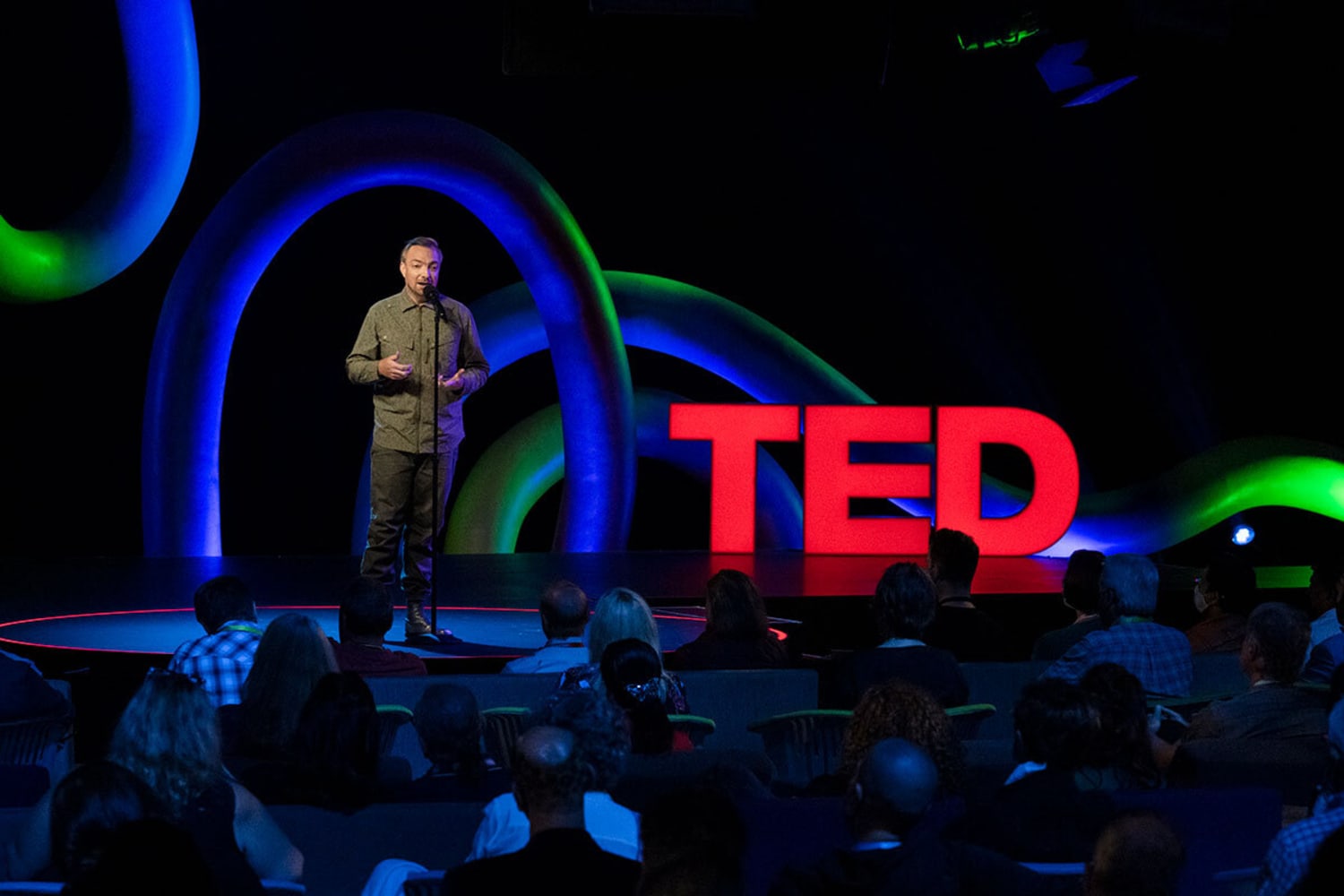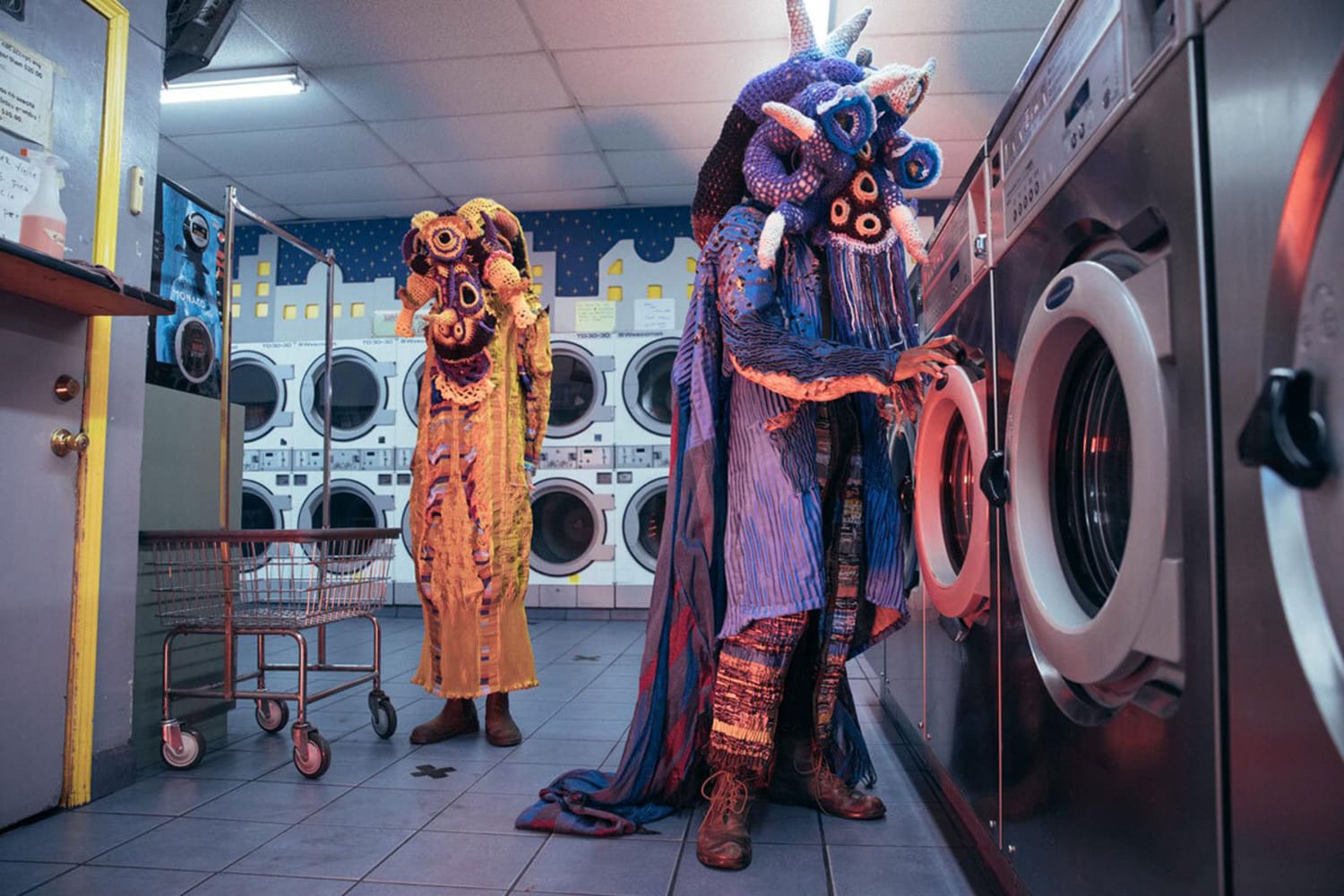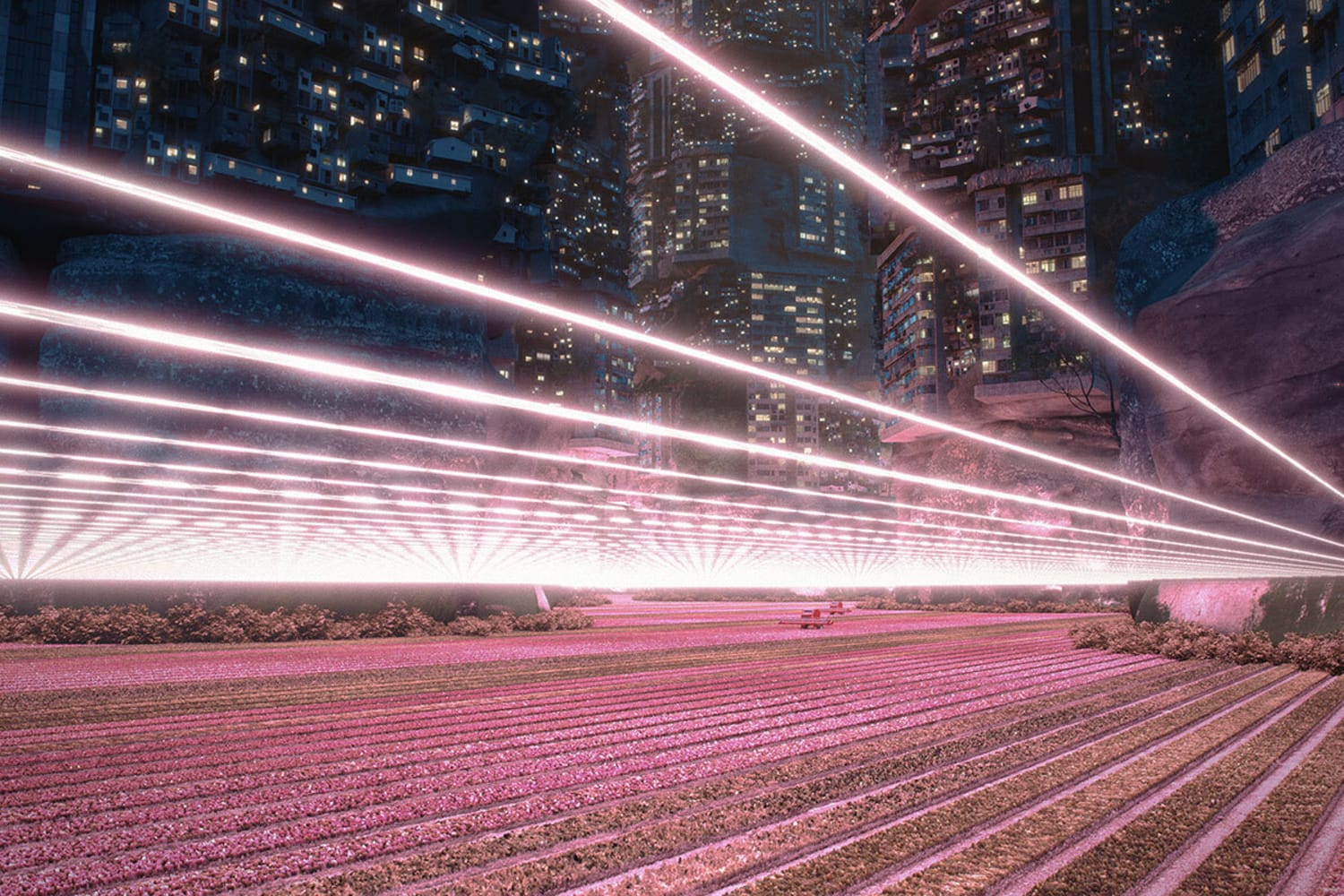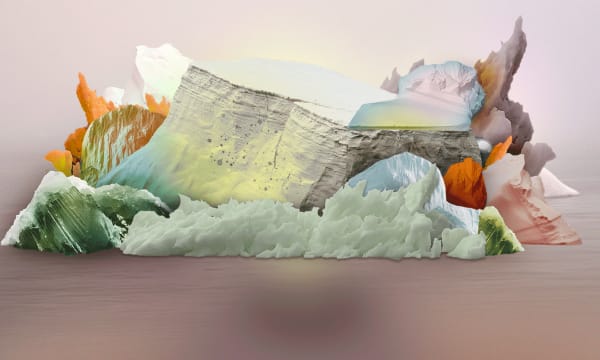Planet City is turning audiences into activists, inviting people to get creative in the face of climate change.
The immersive fictional world, one of the selections at Tribeca Festival 2022, presents a radically regenerative narrative for the future, imagining what life could look like if we took drastic steps to reverse our planetary sprawl and surrender the majority of the planet to nature.
The project was created and directed by Liam Young, a speculative architect and director who "operates in the spaces between design, fiction and futures." Young has given a Ted Talk on Planet City, is the cofounder of urban futures think tank Tomorrows Thoughts Today, a director and concept designer whose work has been collected by cultural institutions such as MOMA, the Met and the Victoria and Albert Museum, and has been described by the BBC as "the man designing our futures."
Young's work urges viewers to critically reexamine the environmental questions facing us today. Below, he catches up with us on how world-building is a form of activism, the power of science fiction and why thinking about the physical and digital as independent entities is problematic for our future.






